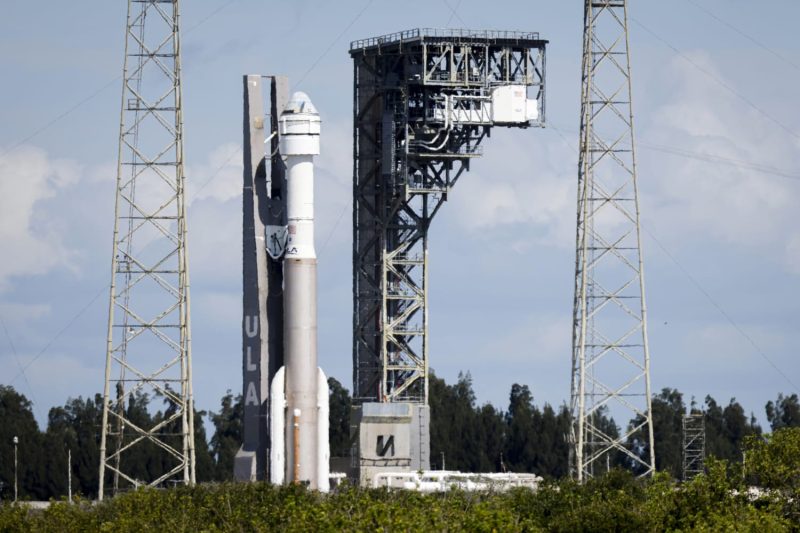The recent announcement by Boeing and NASA that the Starliner astronaut launch will move forward despite a helium leak in the spacecraft has stirred a mix of curiosity and concern within the space exploration community. This unprecedented decision reflects the complex risk assessment and decision-making processes involved in space missions, where the balance between safety and the pursuit of scientific exploration is constantly being evaluated.
Firstly, the decision to proceed with the launch sends a signal of confidence in the robustness of Starliner’s systems. Despite the helium leak being a cause for concern, the collaborative effort between Boeing and NASA to address the issue highlights the meticulous planning and preparations that go into ensuring the safety and success of space missions. This incident serves as a reminder of the unpredictable nature of space exploration and the need for continuous monitoring and adaptation to mitigate risks.
Additionally, the decision to proceed with the launch also underscores the urgency and importance of advancing space exploration efforts. With ambitious goals such as returning humans to the Moon and eventually sending astronauts to Mars, delays or cancellations of missions can have far-reaching implications for the progress of scientific discoveries and advancements in space technology. By choosing to move forward with the Starliner launch, Boeing and NASA are demonstrating their commitment to pushing the boundaries of human exploration and overcoming challenges along the way.
However, the decision to proceed with the launch despite the helium leak also raises questions about the prioritization of safety in space missions. While every effort is made to minimize risks and ensure the well-being of astronauts, the inherent dangers of space travel cannot be completely eliminated. The complexities of balancing safety considerations with the drive for exploration highlight the ethical and moral dilemmas faced by space agencies and companies involved in space missions.
In conclusion, the decision to move forward with the Starliner astronaut launch despite the helium leak showcases the resilience and adaptability of the space exploration industry. By carefully weighing the risks and benefits of proceeding with the mission, Boeing and NASA are navigating uncharted territories in the pursuit of expanding human presence in space. As the countdown to the launch continues, the world will be watching with anticipation and hope for a successful and safe journey for the astronauts aboard the Starliner spacecraft.


























